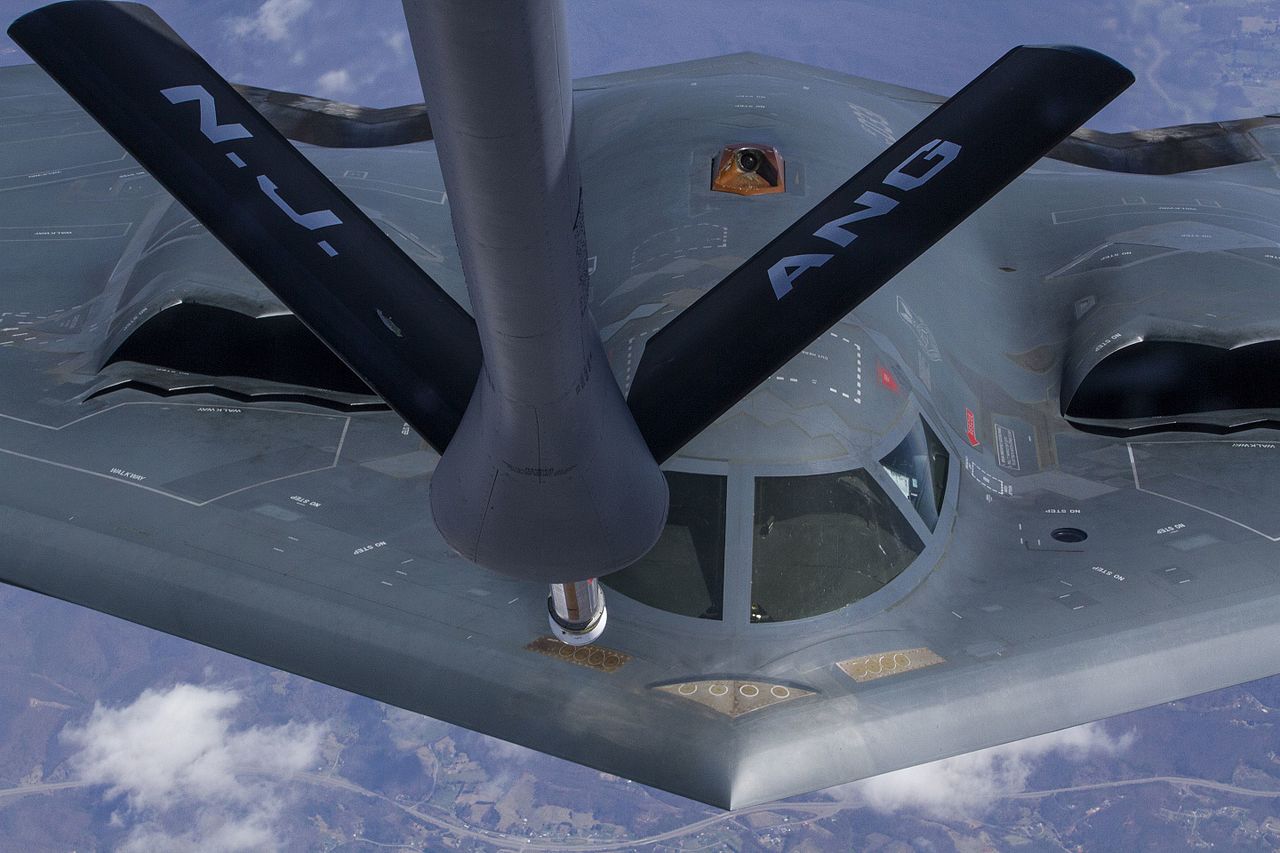
Three decades ago, the B-2 Stealth bomber soared into the skies, marking the pinnacle of technological advancement. Its distinctive single-wing design deflected radar, and it boasted cutting-edge avionics. However, the B-2’s days of active service are numbered, as the relentless march of weapons technology presses on.
In a world of ever-evolving threats, the US Air Force has honed in on a novel danger—the electromagnetic pulse attack, commonly referred to as an EMP. This formidable phenomenon results from the detonation of a nuclear device or the occurrence of a natural geomagnetic storm. Its aftermath could disrupt power grids and onboard computer systems, leaving chaos in its wake.
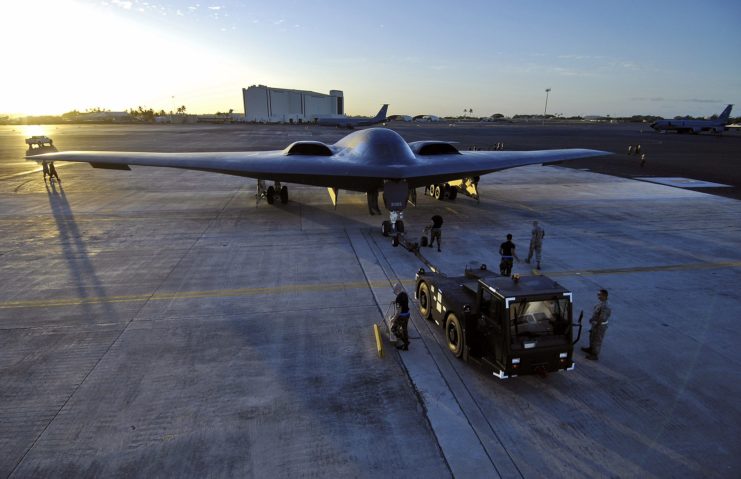
But what keeps military strategists awake at night is the potential development of an EMP weapon by the Russian and Chinese armed forces. Could such a weapon be the ultimate game-changer in global conflicts?
The B-2 Spirit’s retirement is imminent, looming within the next decade. However, a potential lifeline has been cast by the US Air Force Materiel Command, which has extended a call for proposals from tech companies capable of devising systems capable of withstanding an EMP onslaught. This move underscores the Air Force’s commitment to optimizing the B-2’s survivability in an ever-evolving theatre of operations.
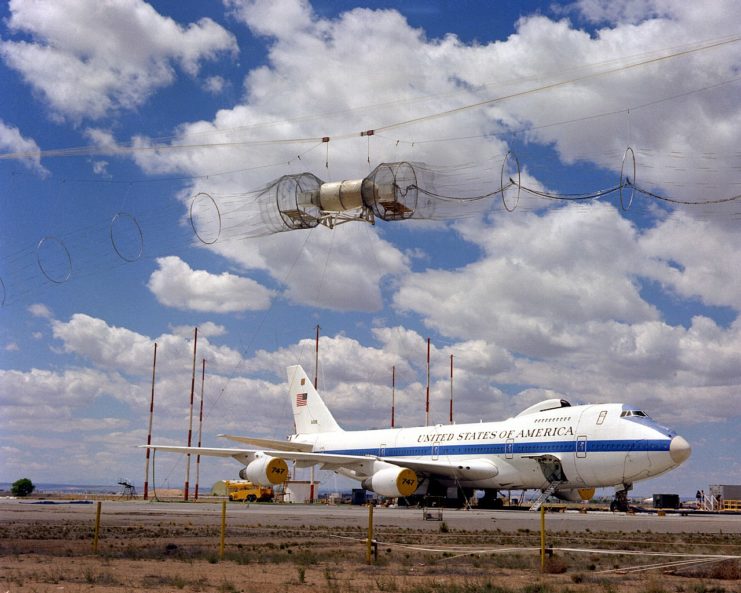
While the submission window for proposals has closed, the B-2 system program office remains steadfast in its quest for modernization. The focus extends beyond survival, delving into innovative ways of integrating contemporary weapon capabilities to bolster effectiveness in environments where access and mobility are contested—concepts encapsulated by the term ‘anti-access/area-denial’ (A2/AD).
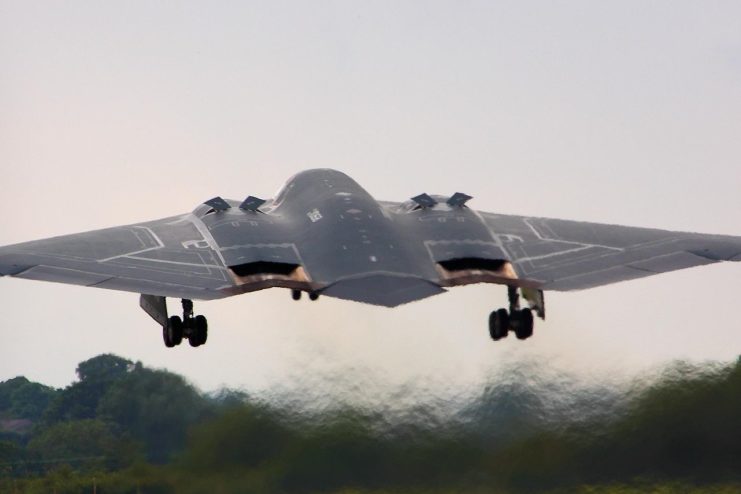
The B-2’s journey from groundbreaking innovation to impending retirement mirrors the evolution of countermeasures designed to neutralize its cutting-edge capabilities. The B-2, though shrouded in secrecy, underwent EMP testing to assess potential vulnerabilities at the Tinker Air Force Base Compass Rose Test Facility in Oklahoma. The tests aligned with the objectives outlined in the 2017 National Security Strategy, aiming to evaluate the impact of electromagnetic energy on the aircraft’s electrical components.
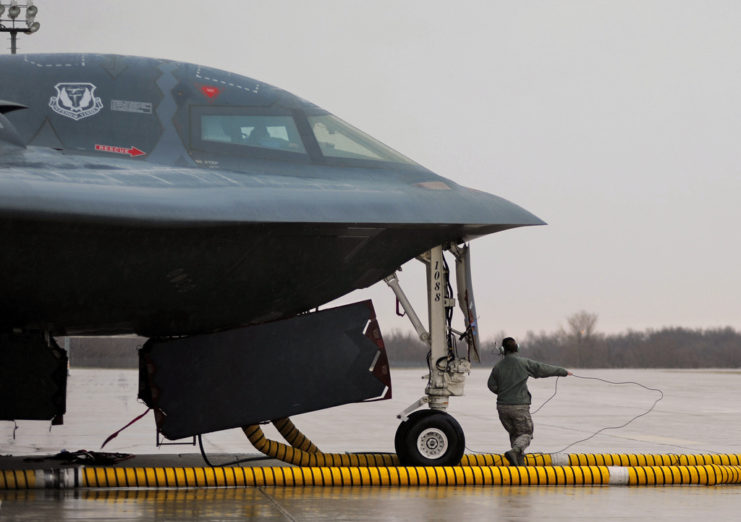
While the B-2 bows out, its successor is poised to enter the stage—the B-21 Raider. Expected to commence operations in the next decade, the B-21 will play a pivotal role at the Ellsworth Air Force Base in South Dakota. Its mission: to train and lead, perpetuating the legacy of innovation and adaptability that marked the B-2’s remarkable journey.
As the B-2 gracefully exits the limelight, it leaves behind a legacy of pioneering technology and adaptation in the face of ever-shifting threats. The tale of the B-2 is a testament to the unyielding spirit of progress that defines the landscape of modern military aviation.










